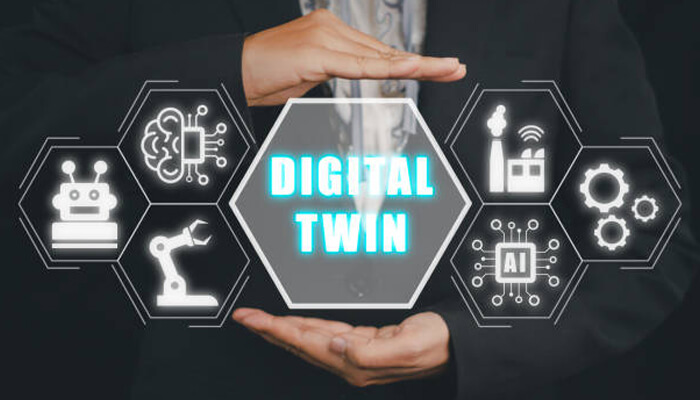Certainly! Here are six additional challenges that can be addressed by digital twin technology:
Supply Chain Optimization:
Managing complex supply chains can be a daunting task for businesses. Digital twins can be used to create a virtual representation of the entire supply chain, from raw material sourcing to final product delivery. By simulating different scenarios and analyzing data, companies can identify bottlenecks, optimize logistics, and improve overall efficiency, leading to cost savings and improved customer satisfaction.
Environmental Monitoring and Disaster Preparedness:
Digital twins can be utilized to monitor and model natural environments and critical infrastructure. For instance, in the case of monitoring a forest, the digital twin can combine real-time data from sensors, weather forecasts, and historical data to predict potential fire risks and enable early detection. Similarly, digital twins of infrastructure like bridges or dams can help assess their structural health and readiness for potential disasters.
Training and Simulation:
In industries where worker safety is a top concern, such as aviation and heavy machinery, digital twin technology can provide realistic training simulations. By replicating the physical environment and machinery in a virtual setting, operators and technicians can practice their skills in a risk-free manner, enhancing their expertise and reducing the likelihood of accidents.
Asset Life cycle Management:
Throughout the lifespan of complex assets, like industrial machinery or buildings, tracking their performance, maintenance history, and upgrades can be challenging. Digital twins enable organizations to maintain a comprehensive digital record of assets, facilitating effective life cycle management, ensuring timely maintenance, and optimizing asset utilization.
Healthcare Simulation and Training:
Digital twins are used in medical education to create virtual simulations of human anatomy and physiology. Medical students and healthcare professionals can practice surgical procedures, medical interventions, and diagnosis in a realistic, immersive environment. This technology improves training outcomes and enhances medical skills.
Retail and Customer Experience:
Retailers face the challenge of delivering personalized customer experiences and optimizing store layouts. Digital twins can help analyze customer behavior, foot traffic patterns, and product placements in a virtual retail environment. Retailers can then make data-driven decisions to improve customer flow, increase sales, and enhance overall shopping experiences




.jpg)


0 Comments